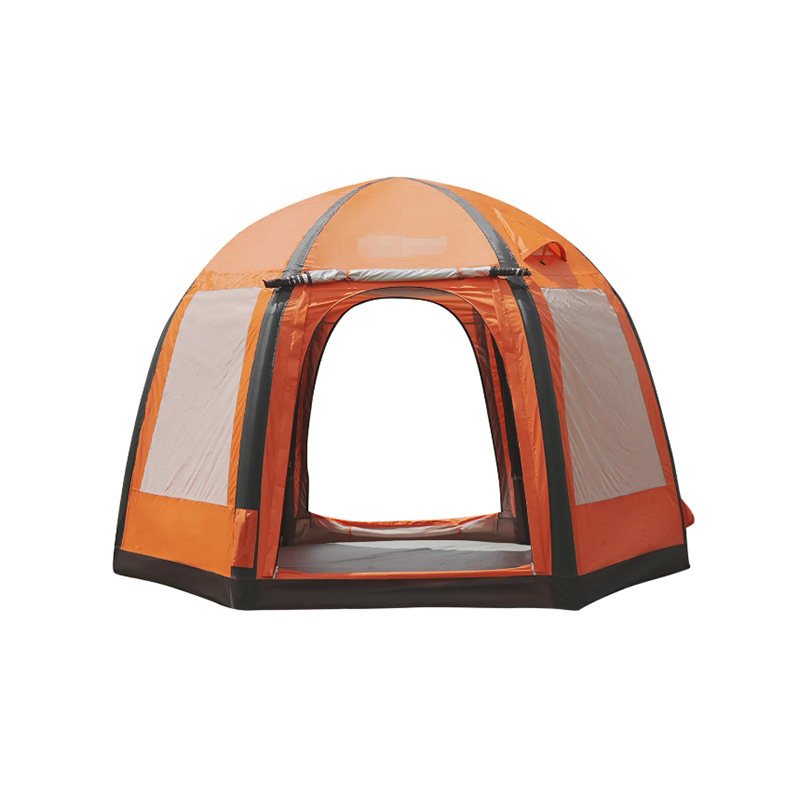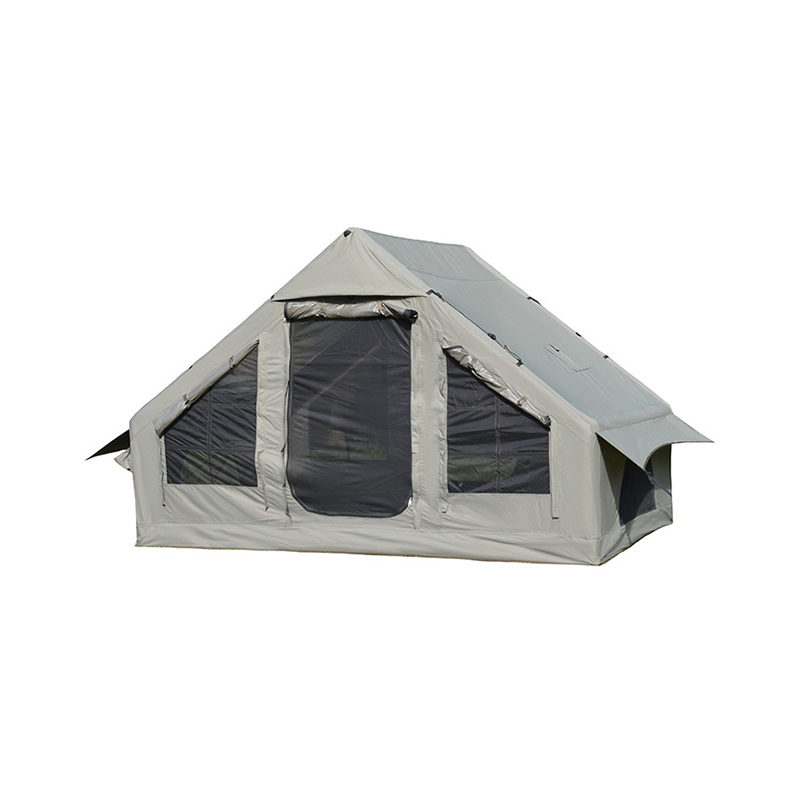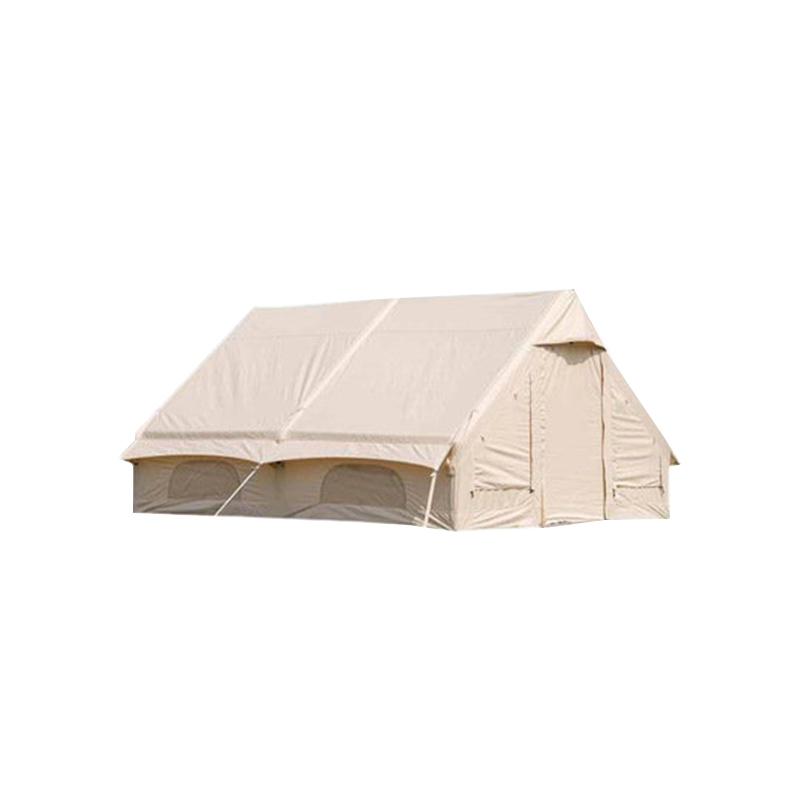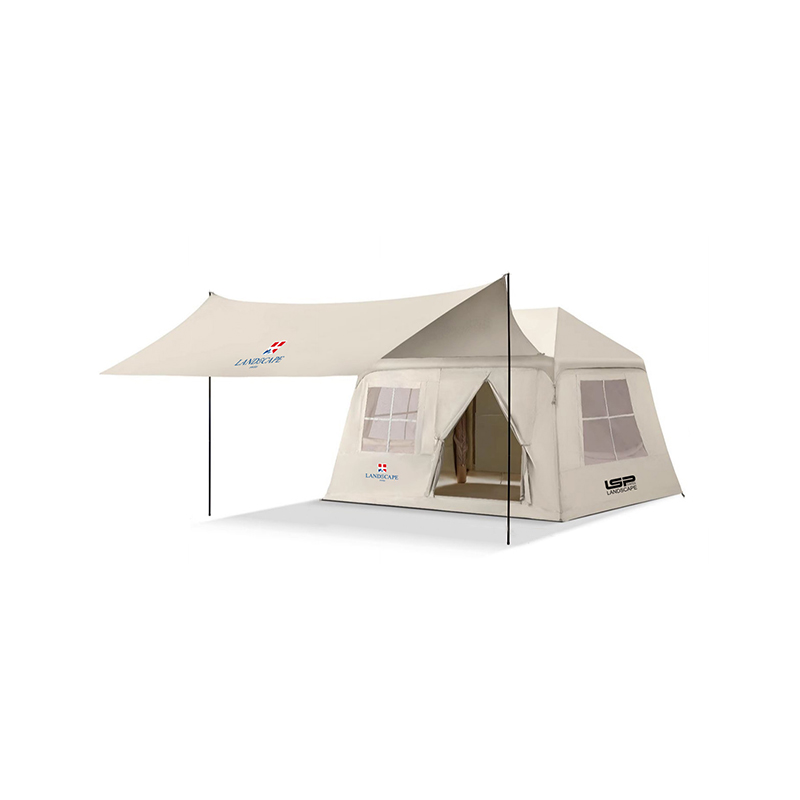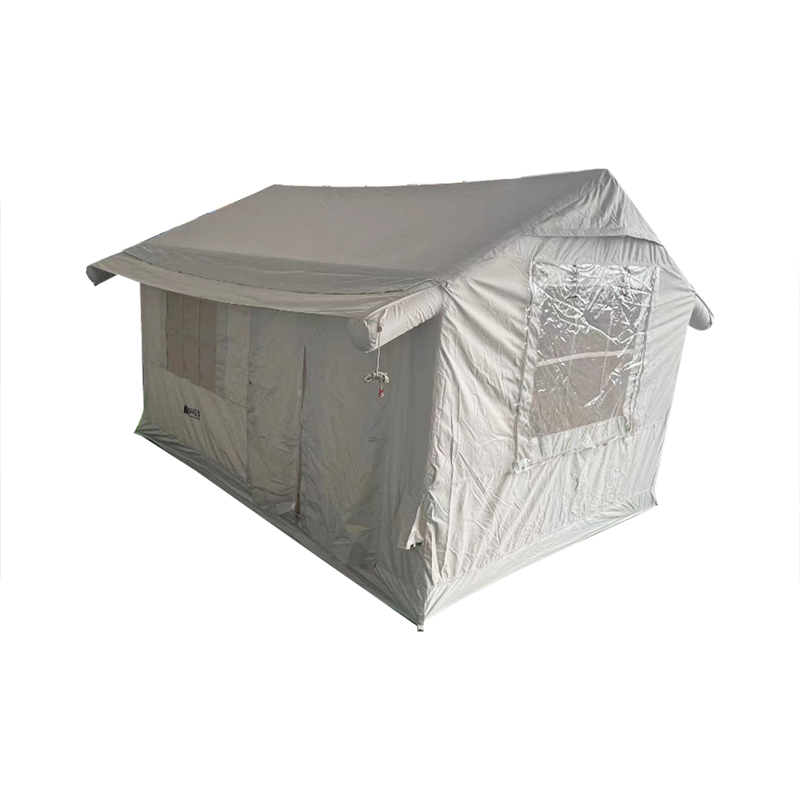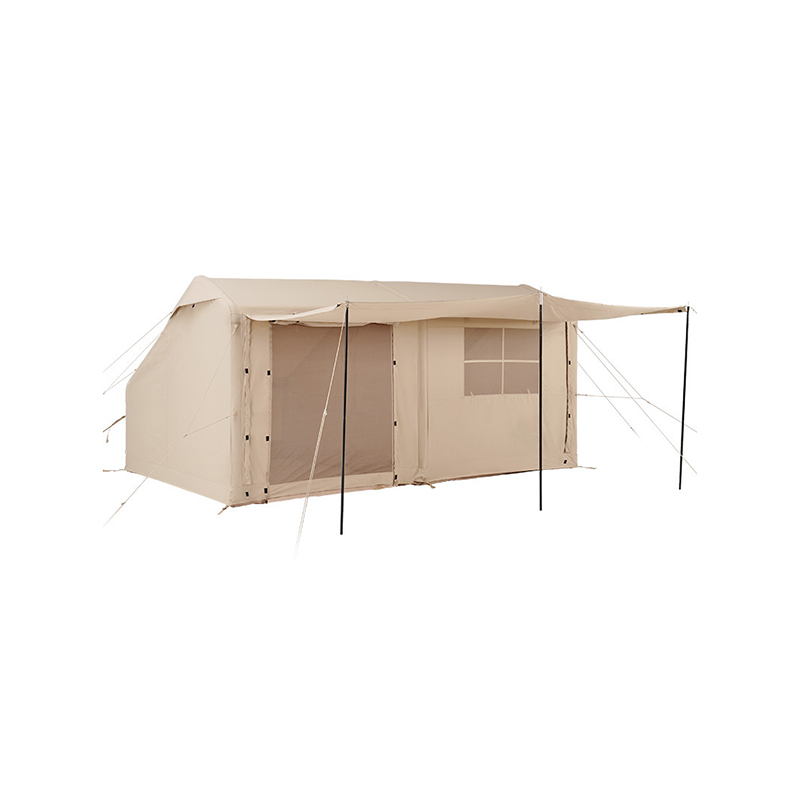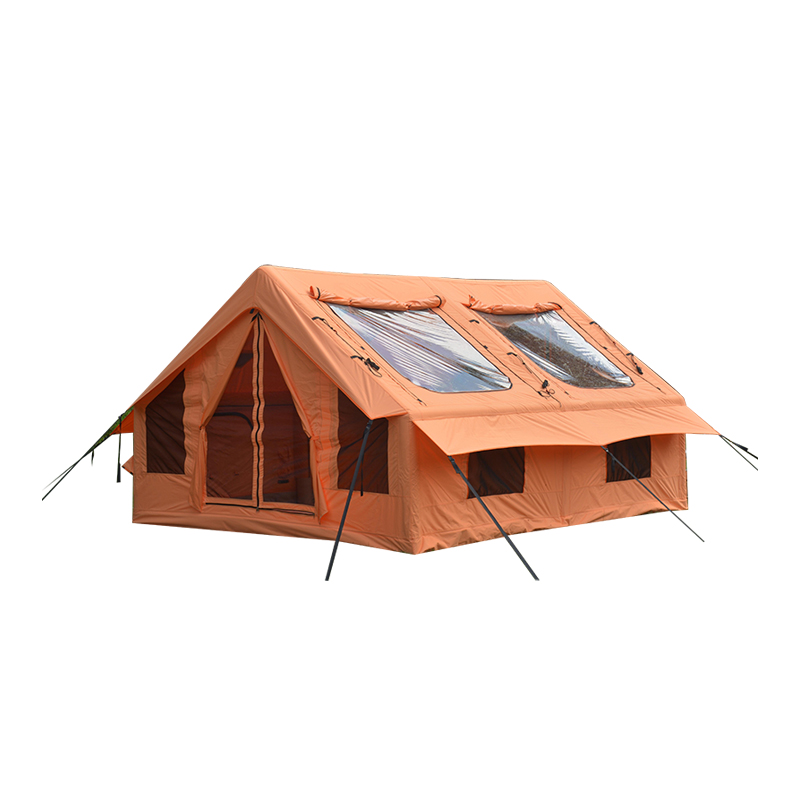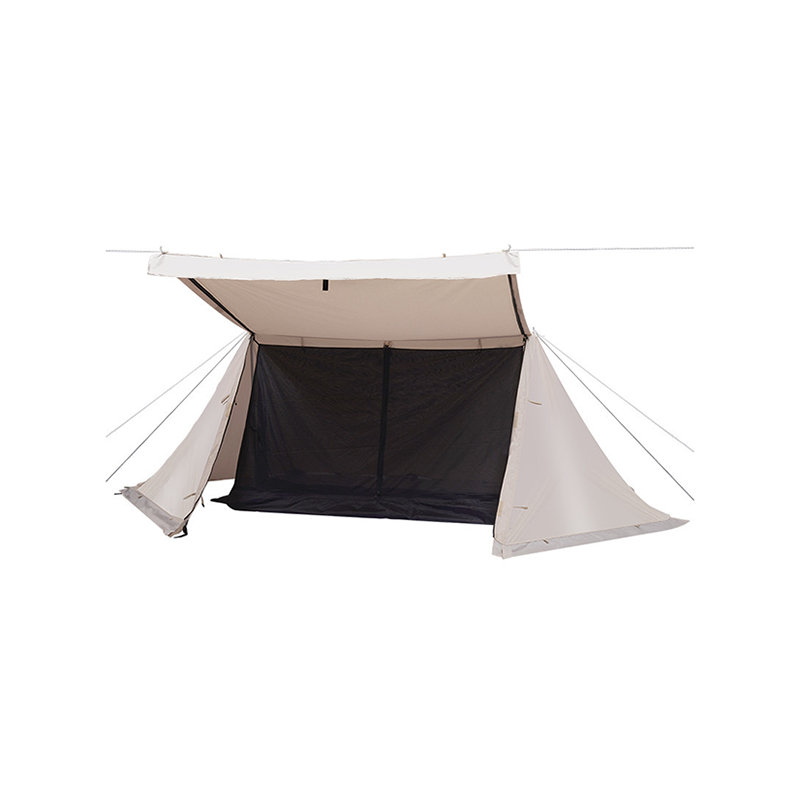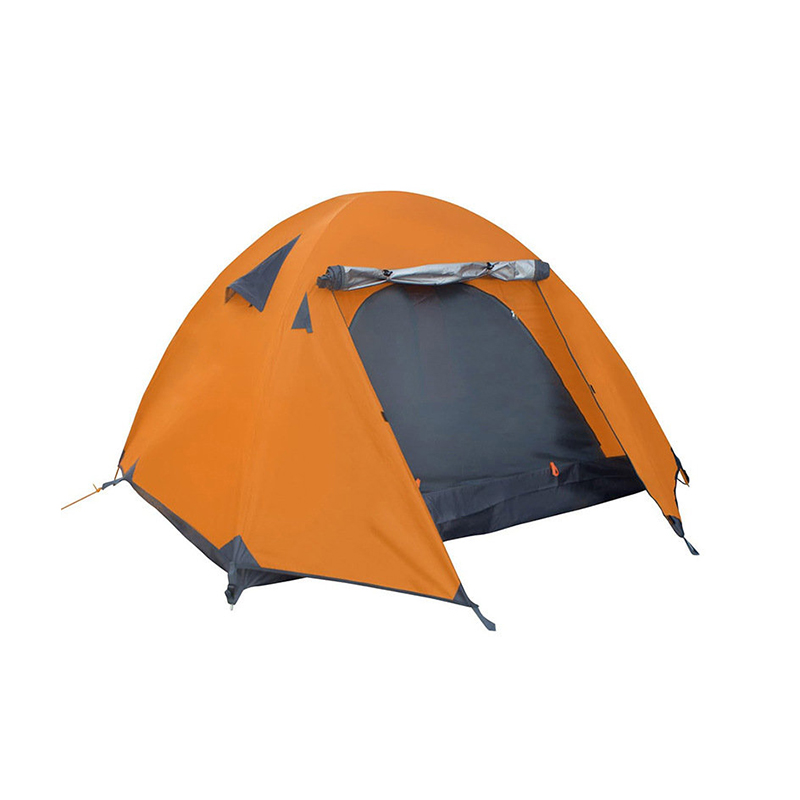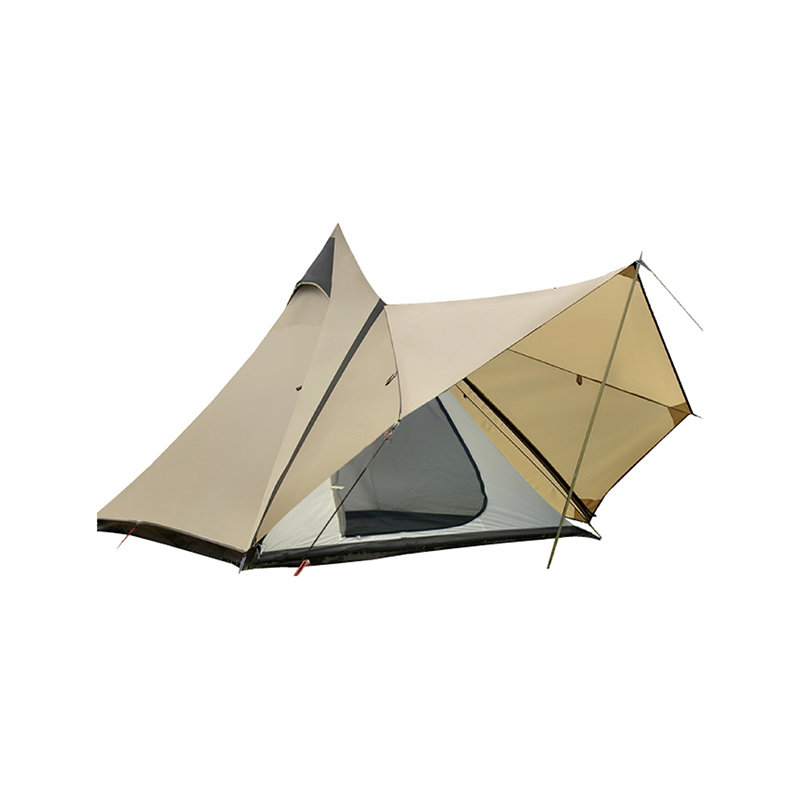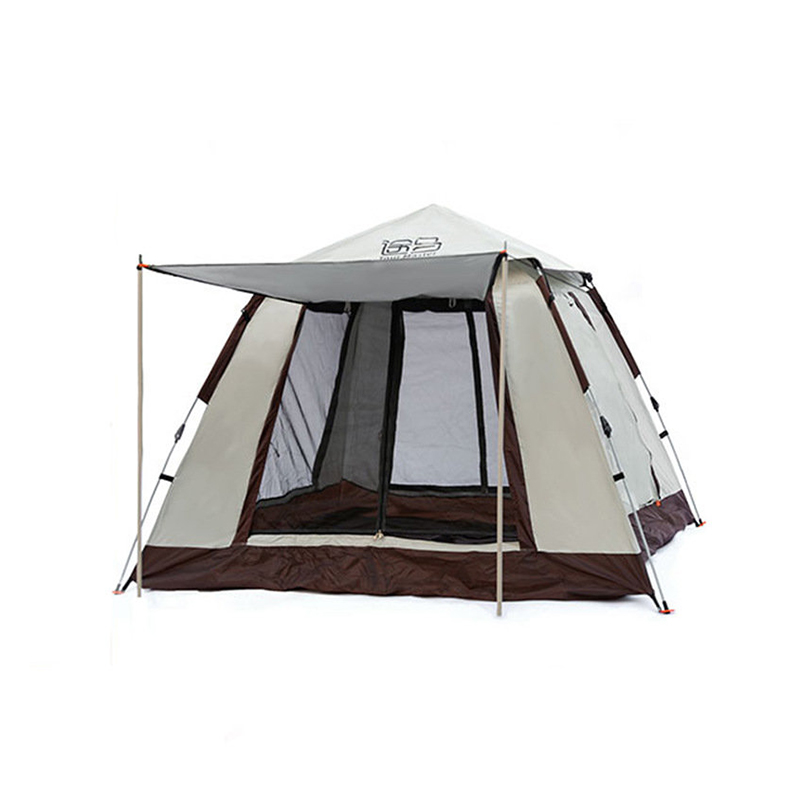The material selection for the See-Through Hunting Tent is essential for its durability, as it directly affects the tent's resistance to the elements and abrasion. The fabric used in the construction of these tents is typically high-strength polyester or nylon, both of which are known for their resilience and wear resistance. These materials are often coated with polyurethane (PU) or polyvinyl chloride (PVC) to provide waterproofing and UV protection, ensuring the tent remains impervious to moisture and UV degradation from prolonged sun exposure. The ability of the fabric to resist abrasion from rough terrain, such as rocks or branches, is a critical factor. These high-strength fabrics are often enhanced with ripstop technology, where the fabric is woven with a reinforcing thread that prevents small tears from spreading and compromising the structure. The combined attributes of tear resistance, water resistance, and UV resistance ensure that the tent maintains its integrity in challenging environments over time.
The frame construction of the See-Through Hunting Tent is a cornerstone of its durability and stability, especially when exposed to high winds or challenging outdoor conditions. Made of fiberglass, aluminum, or steel, these materials provide the necessary strength to support the structure without adding excessive weight. Fiberglass is a popular choice because it is lightweight, corrosion-resistant, and offers high flexibility without easily breaking under pressure. Aluminum is also commonly used for its combination of strength and lightweight nature, while steel frames are sometimes used for larger tents that need to support more weight or endure harsher conditions. The frame’s design—whether geodesic, dome, or tunnel-shaped—ensures that the pressure from wind, snow, or rain is evenly distributed across the structure. This design reduces the risk of localized stresses that could lead to frame failure. Reinforced joints and stress points ensure the frame stays intact even when exposed to significant forces, such as high winds or heavy snow.
The shape of the See-Through Hunting Tent is specifically designed to improve its wind resistance and structural stability. Dome-shaped or geodesic structures are common choices, as they allow wind to pass over the tent’s surface with minimal resistance, reducing the potential for wind pressure to cause deformation or collapse. The aerodynamic design helps the tent stay grounded during windy conditions, a critical feature for hunters who often need to set up in open fields or near exposed areas. These shapes help prevent snow build-up or rainwater pooling, which could add weight and strain to the tent’s structure. Guy lines and staking points provide an extra layer of security, ensuring that the tent remains firmly anchored to the ground, even in gusty conditions. By distributing pressure more effectively across the tent’s structure, the shape minimizes the risk of structural failure due to external forces like wind or heavy rainfall.
The See-Through Hunting Tent is exposed to prolonged sun exposure, which can degrade the fabric over time. To combat this, the fabric is UV-resistant, meaning it has been treated to withstand the harmful effects of ultraviolet rays, which can cause the material to break down or fade. These treatments are essential for ensuring that the tent remains strong and functional even after prolonged exposure to the sun. The fabric’s weather resistance is enhanced by coatings like polyurethane or PVC, which make the tent impervious to water and reduce the likelihood of mold or mildew formation.
The seams of the See-Through Hunting Tent are critical to its weatherproofing and durability. Double stitching and reinforced seams provide additional strength and ensure that the tent does not easily tear or break under pressure. Sealed seams or heat-sealed tape are often used to prevent water from entering through the stitch lines, which are weak points in the fabric. Reinforced stitching, especially around high-stress areas like zippers, windows, and ventilation ports, ensures that the tent can withstand rough handling, frequent setup, and the movement of hunters within the tent. Using stronger threads like nylon or Kevlar helps maintain the strength of the seams even in harsh conditions, providing long-term durability.



 English
English 中文简体
中文简体